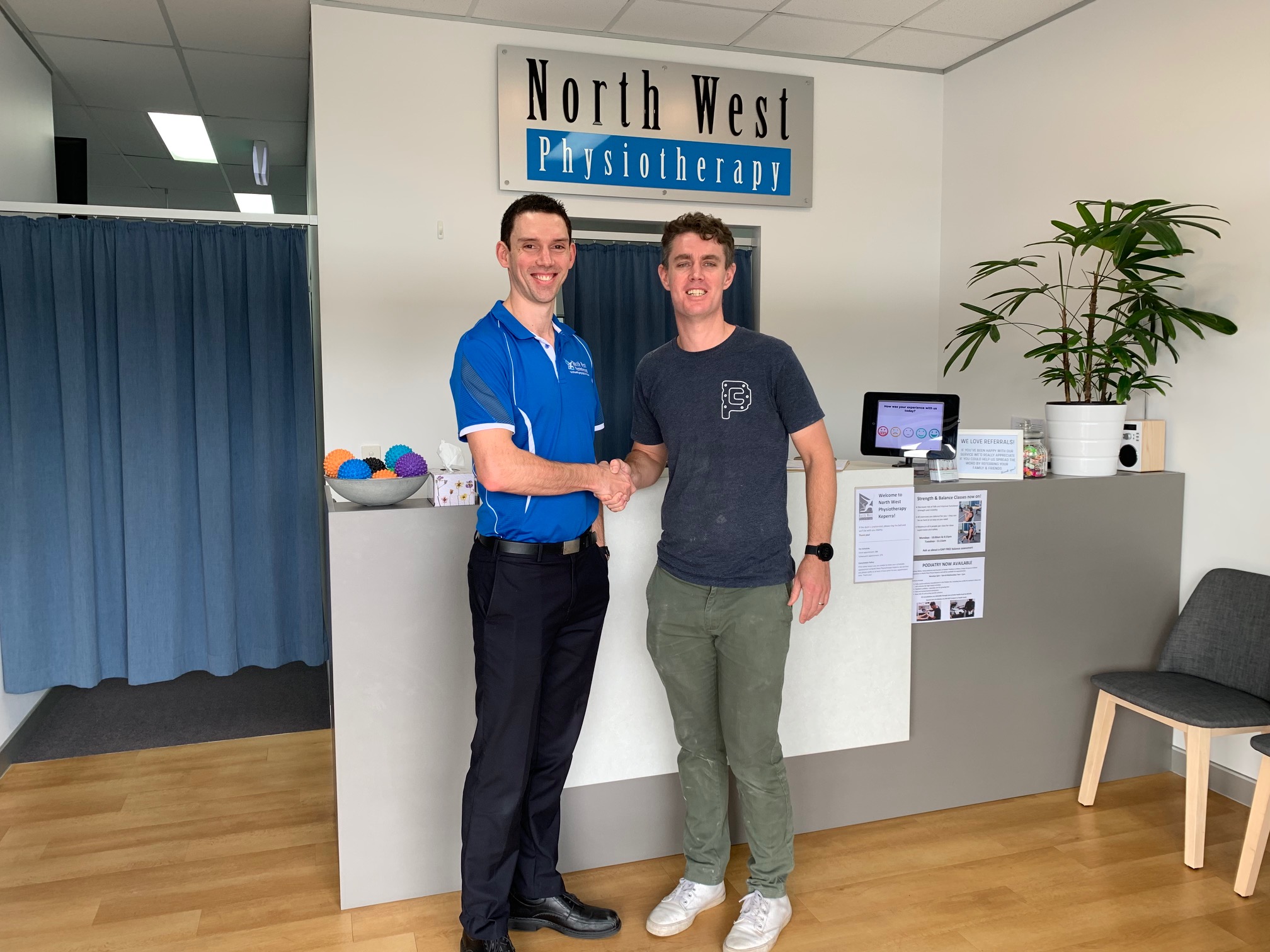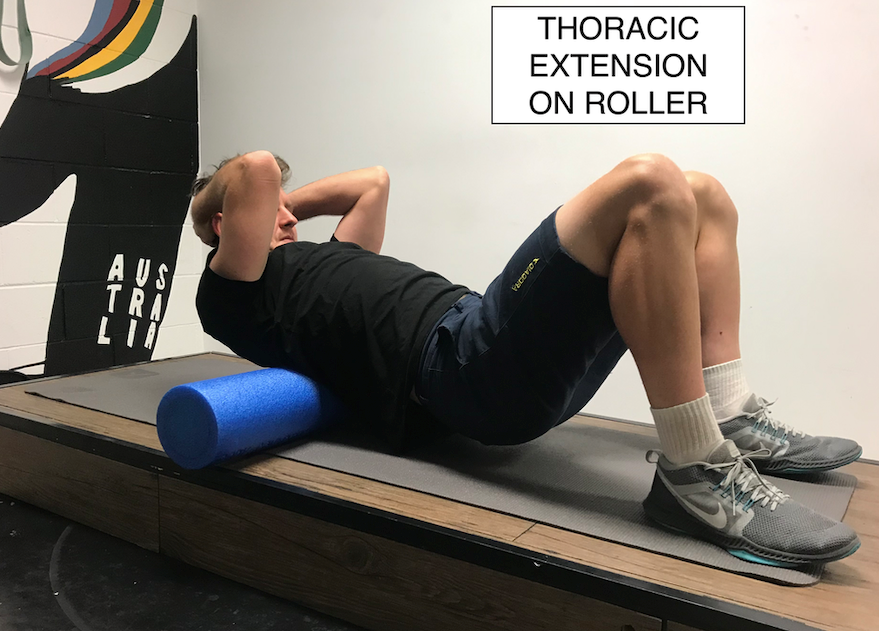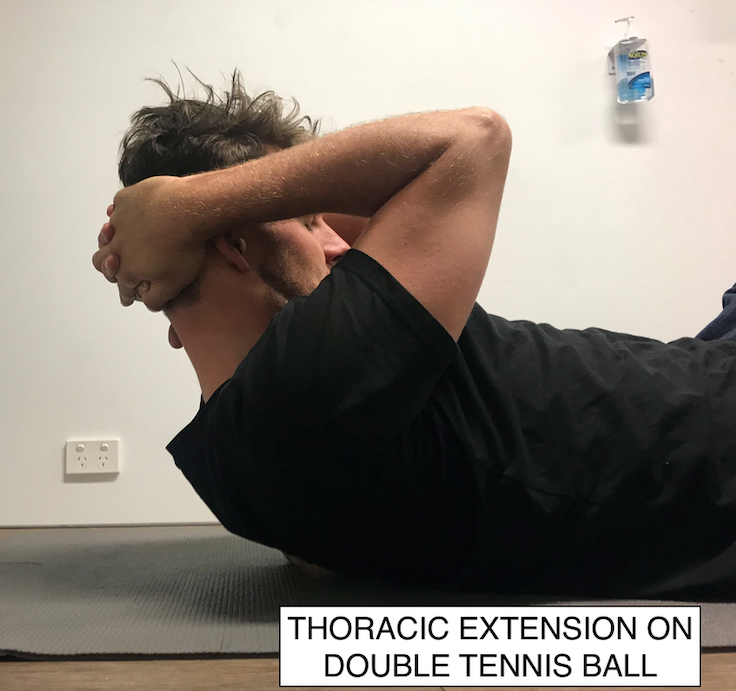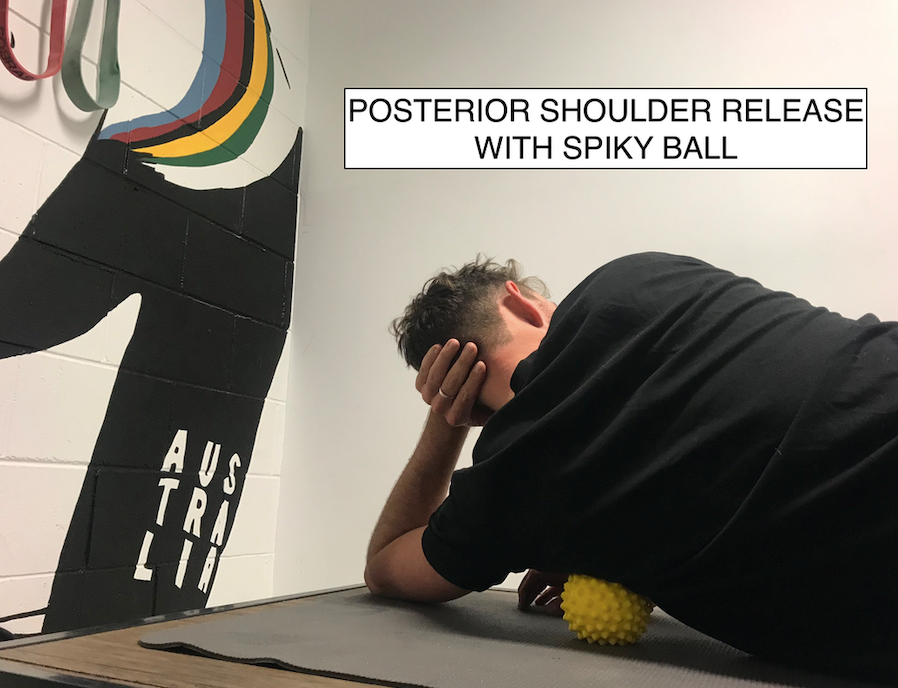We are very excited to introduce the newest member of our team Ana Downey-Smith. Ana kicks off next week at both our Milton headquarters and at North West Physiotherapy Everton Park. She has been working over the past few years in Bathurst and is looking forward to the challenges and opportunities presented by working at The Pedaler.
Ana grew up in Central West NSW and studied a bachelor of podiatry through Charles Sturt University completing her studies in 2013. Initially she started her career in a public hospital in Sydney working with a prosthetics and orthotics team, then returned back to the country. Ana is currently studying a degree in Sports Medicine through the University of Melbourne, expected to be completed by December 2019.
Ana is qualified in dry needling, trigger point therapy and soft tissue mobilisation. This helps to provide an in-depth treatment with longer lasting results. Ana also has a keen interest in biomechanics and alignment. After several years of experience in private practice, Ana has clinical skills with people of all ages and health types, but particularly enjoys working with children, teenagers and athletes.
Ana prefers to take a holistic approach to treatment, focusing on more than just the areas of pain. She also has over 6 years experience making and prescribing orthotics, as well as adjusting or modifying and fitting shoes and cleats. Ana and her husband have been long-term members of cycle clubs in Central West NSW and you will often find them around the local cycling crowds.
During spare time Ana enjoys mountain biking, hiking with her 2 dogs and travelling.




















